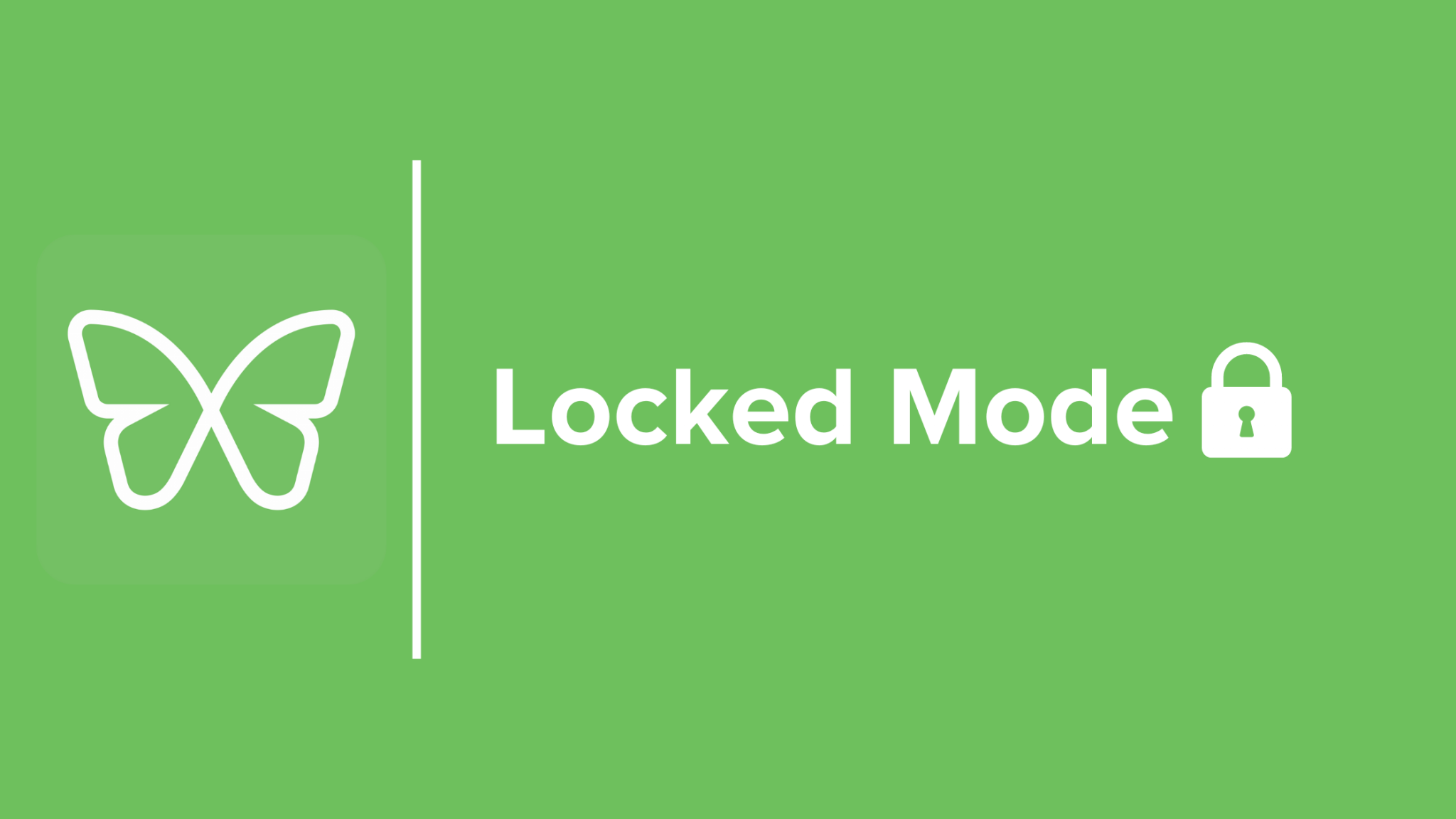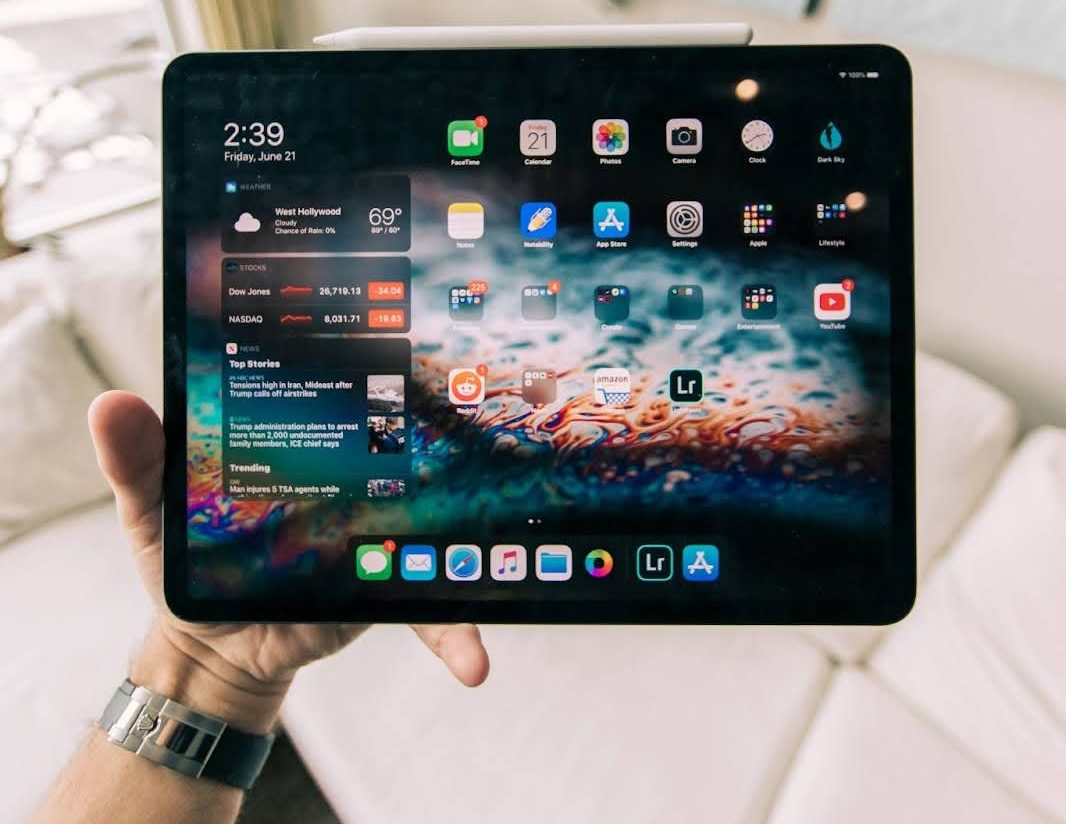Mindful Browsing: Navigating the Web with Purpose and Intention

…opens Brave and Safari browsers, squints at 35 open tabs.
Whoa, when did the internet become such a chaotic circus? It feels like every click leads down another neon-lit rabbit hole of memes, shopping carts, and autoplaying videos.
We’re all just stumbling through this digital funhouse, getting whiplash from flashing banners and endless scroll after endless scroll. Before you know it, hours have evaporated into the ether of the world wide web.
But what if I told you there’s a secret art to surfing the internet with laser-focus and mindful intention?
Buckle up, my friend. We’re about to become cyber zen masters of mindful browsing.
What is Mindful Browsing?
Mindful browsing flips the script on mindless web surfing. It’s about going in with a plan, staying focused, and taming the internet instead of letting it tame you.
Core Principles
- Intentionality: Before opening your browser, define what you intend to achieve. This could be anything from researching a work-related topic to checking on updates from your social circles, but the key is to have a clear purpose.
- Awareness: Stay aware of your browsing habits. Notice when you begin to drift away from your initial purpose and gently guide yourself back without judgment.
- Discipline: Set boundaries for your internet use. This could involve allocating specific times for checking emails or social media, or limiting the duration of your browsing sessions.
Incorporating Mindful Browsing in Daily Life
- Set Specific Online Goals: Before you go online, define what you need to achieve. This could be completing a work assignment, paying bills, or even watching a specific number of tutorial videos.
- Use Tools to Aid Concentration: Apps like Freedom can help by blocking distracting notifications or websites that might pull you off course during mindful browsing. Freedom goes a step further: it’s the only solution that tackles distractions across all your devices.
This is crucial because temptations can lurk anywhere – social media on your phone, online games on your laptop, even that funny cat video link a colleague just sent. With Freedom, you can install it on your computer and phone, schedule a session that syncs across both devices, and eliminate distractions at their source.
- Regular Check-ins: Set a timer for every 20 minutes to check in with yourself. Are you still on task? If not, it’s a reminder to return to your original goal.
- Reflect on Your Online Activity: At the end of each day, spend a few minutes reflecting on your internet use. Assess whether it aligned with your intentions and what could be improved for a more mindful browsing session the next day.
The Problem of Mindless Browsing
Mindless browsing can fragment your concentration, leaving you with a diminished ability to focus on tasks that require sustained attention. According to a study by Stanford University, frequent media multitaskers are more susceptible to distractions, even from irrelevant environmental stimuli.
This scattered focus can drastically reduce your productivity, turning tasks that should take an hour into day-long marathons.
The most immediate effect of mindless browsing is the sheer amount of wasted time. A survey by Digital Information World in 2020 revealed that the average person spends approximately 145 minutes per day on social media alone. And that’s not even counting the Netflix binges or the endless back-and-forth in the latest BBQ Whatsapp group chat.
Differences Between Mindful and Mindless Browsing
| Mindless Browsing: The Digital Rabbit Hole | Mindful Browsing: A Strategic Approach |
| Mindless browsing is like snacking without thinking—it’s easy to overindulge. You hop from video to video, tab to tab, often consuming random content that adds little value to your day. It’s passive, habitual, and can lead to information overload. This style of browsing diminishes your focus and can disrupt your ability to engage deeply with content that truly matters. | On the flip side, mindful browsing involves setting specific online objectives before you even open your browser. It’s about being intentional with your digital engagements—whether that’s researching, shopping, reading news, or connecting with friends. By being mindful, you choose to browse with purpose, which not only saves time but also enhances your engagement quality. |
The Benefits of Mindful Browsing
Embracing mindful browsing can transform not just your online habits but also impact your real life positively. Let’s explore how intentional internet use can enhance your mental clarity, boost your productivity, and lead to better control over the information you consume.
- Improved Mental Clarity
With mindful browsing, each online session has a clear purpose, which helps to reduce cognitive overload. By limiting exposure to excessive stimuli, you preserve your mental energy, enabling better focus and clearer thinking.
- Enhanced Productivity
When you browse with intent, you’re more productive. For instance, setting time limits for each session can help you accomplish tasks faster and free up time for other activities. Mindful browsing turns the internet into a productivity tool, rather than a distraction.
- Better Control Over Information Consumption
Choosing what, when, and how much content to consume empowers you to filter out noise and focus on information that is truly relevant and enriching. This controlled consumption is crucial in an age of information overload.
Photo by Priscilla Du Preez on Unsplash
How to Practice Mindful Browsing
Engaging in mindful browsing is not just about reducing screen time—it’s about enhancing the quality of your online interactions. And you can start with
The “Browser Garden” Analogy
Imagine your digital space as a garden. Just as a garden requires regular tending, so does your digital environment:
- Curating Content: Be selective about what you add to your digital garden. Bookmark sites that truly add value to your life and align with your personal and professional goals.
- Weeding Out Unnecessary Information: Regularly check your bookmarks and subscriptions—pull out anything that no longer serves you or distracts you from your goals. Unsubscribe from newsletters that you skip over more often than not.
- Watering the Useful and Enriching Sites: Spend more time on websites that enhance your knowledge, skills, or emotional well-being. Highlight these sites in your browser or set them as favorites, so they’re always easy to access.
The Intentional Trace: Mind Your Digital Footprint
Have you ever stopped to think about the digital footprint you leave behind? Every website you visit, every comment you post, and every online interaction contributes to your online reputation. It’s a good idea to be mindful of this “intentional trace” you create.
- Audit Your Online Activities: Periodically review your browsing history and social media activity. Does it reflect your priorities and values? If not, it might be time to make some changes.
- Be Mindful of Your Digital Footprint: Engage with content that you would be proud to show openly. Think before you click or share—ask yourself if this action aligns with your personal brand or values.
- Adjust Privacy Settings: Make sure that your online activities are as private as you want them to be. Adjust your social media settings to control who can see your posts, likes, and comments.
Think of your intentional trace as your online legacy. By being mindful of your browsing habits and online interactions, you can cultivate a positive and professional digital presence that reflects who you truly are.
Actionable Steps to Stop Mindless Browsing
Let’s face it, the internet is a bottomless pit of distraction. You hop online for a quick recipe, and next thing you know, you’re two hours deep in a heated comment thread about the best way to fold socks (seriously, who even cares?). But fear not! There’s a way to reclaim your precious time and attention from the clutches of the internet beast – it’s called mindful browsing.
Here’s the battle plan:
1. Become a Goal-Setting Superhero:
Before you even open a single browser tab, take a deep breath and ask yourself: “What do I want to achieve online today?” Are you researching your next trip to Italy, checking emails, or catching up on the news? Write down your specific goals, like a mini online mission statement. This simple act sets the stage for focused browsing and prevents you from getting sidetracked by the latest cat video sensation.
2. Tame the Time Monster:
We’ve all fallen victim to the “just five more minutes” online vortex. Time flies when you’re scrolling through endless news feeds. To break this cycle, consider setting time limits for your browsing sessions. Use website blockers or apps like Freedom to block distracting websites and social media for a predetermined amount of time.
3. Craft a Powerful Online Task List:
Sometimes, the sheer vastness of the internet can be overwhelming. To avoid aimless wandering, create a prioritized list of your online tasks before you start browsing. This could include checking specific websites, replying to emails, or finishing an online course. Here’s the trick:
Schedule these tasks into your calendar just like you would any other appointment. This simple act of planning and prioritizing keeps you accountable and ensures you use your online time efficiently.
4. Embrace the Power of “No”:
Let’s be honest, sometimes the best way to combat mindless browsing is to simply say “no” to the internet altogether. Schedule focused work periods where you completely disconnect from the online world. Put your phone on silent, close unnecessary browser tabs, and treat this time like a sacred ritual of productivity.
5. Reward Yourself (Like Pavlov’s Dog, But in a Good Way):
Let’s face it, sticking to new habits can be tough. Here’s the secret weapon: positive reinforcement! After you successfully complete a focused browsing session or resist the urge to check your email for an hour, reward yourself with something you enjoy. It could be a short walk outside, a healthy snack, or even a few minutes of guilt-free social media scrolling (just be mindful of the time!).
These are just a few battle tactics in your arsenal against mindless browsing. Remember, consistency is key. The more you practice these mindful browsing techniques, the easier it will become to navigate the online world with purpose and intention.
Take Back Control of Your Browsing Experience
Let’s face it, the internet can feel like a bottomless pit of distractions sometimes. You hop online for a quick recipe, and next thing you know, you’re two hours deep in a heated comment thread about the best way to fold a shirt (seriously, who even cares?).
But hey, we’ve all been there. It’s easy to get sucked into the endless scroll and lose track of time. If you’re looking for an extra boost to stay focused online, there are tools available to help. Freedom is an app that lets you block distracting websites and social media for a set amount of time. Imagine, a whole hour of uninterrupted browsing – pure focus and productivity bliss. Get Freedom and start your mindful browsing journey today – we know you won’t regret it!


